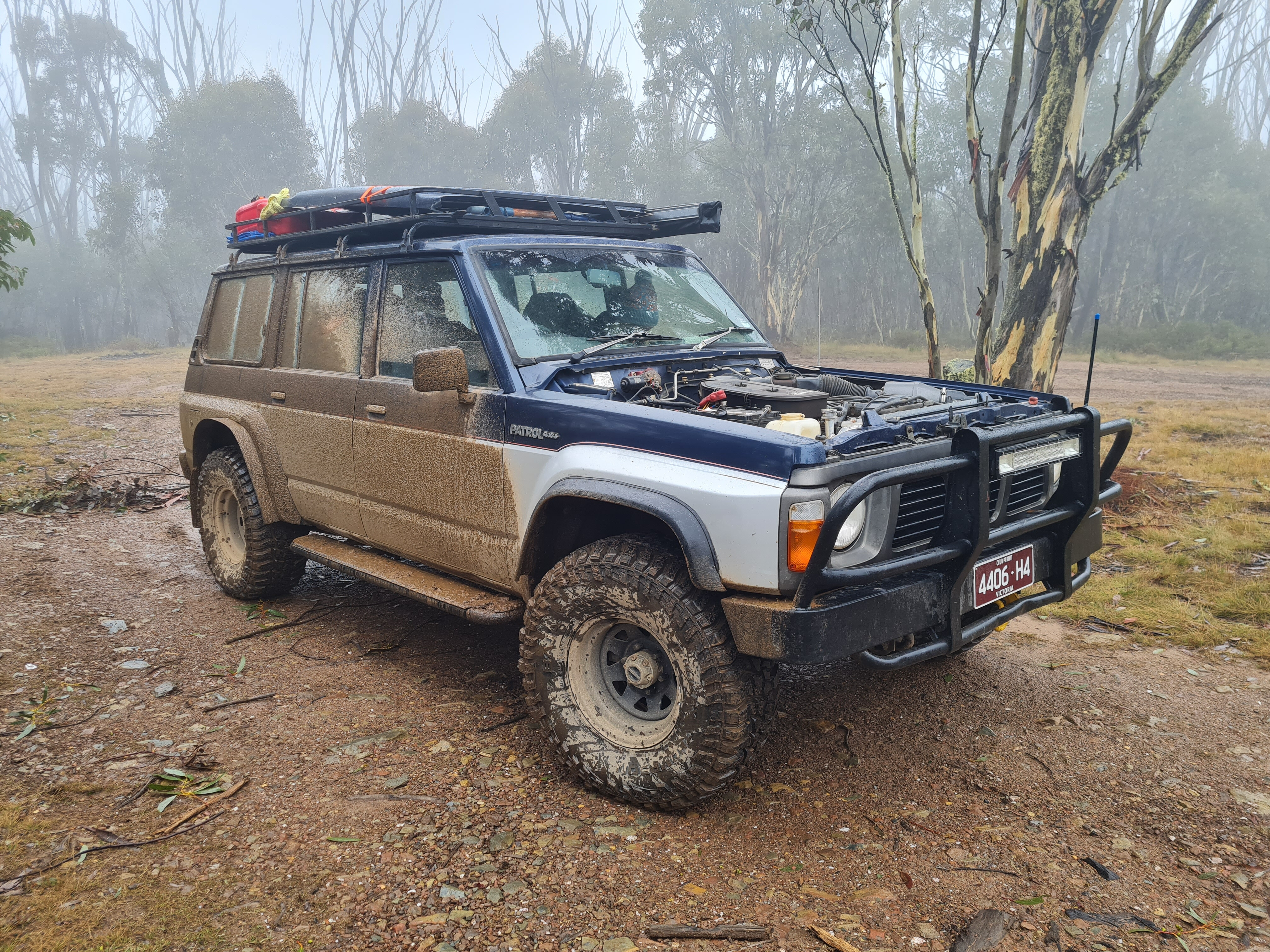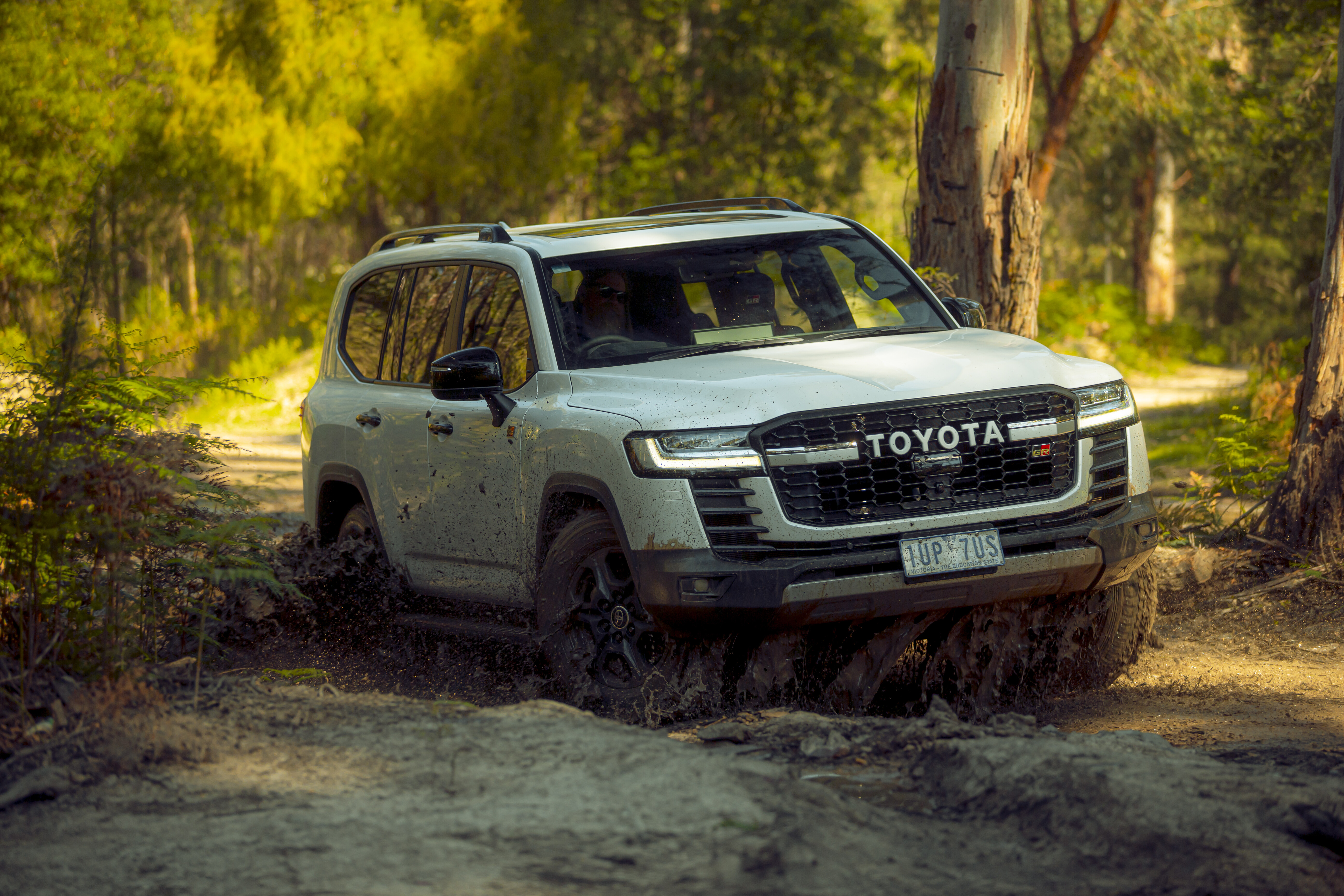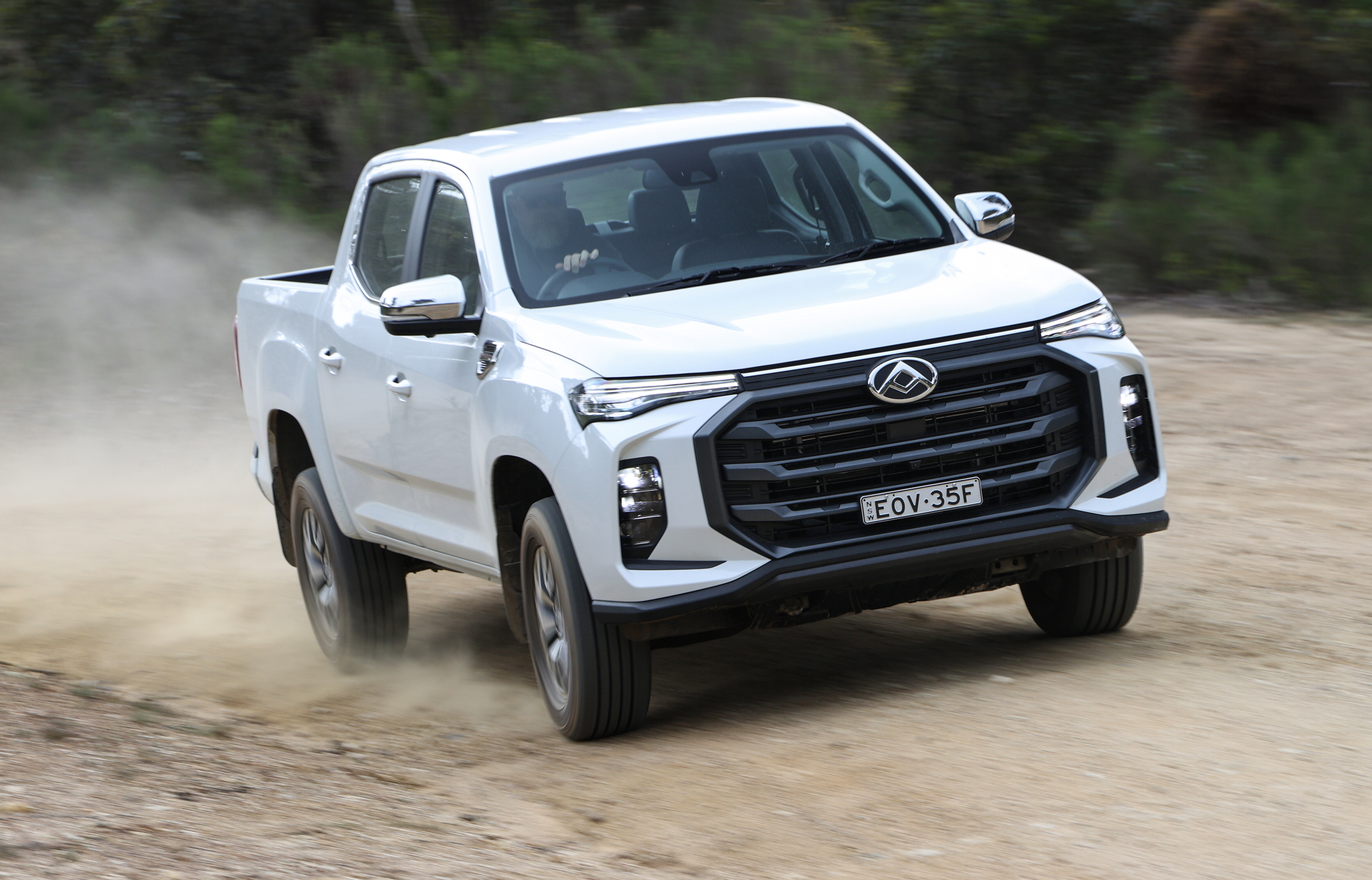Mitsubishi’s new Pajero Sport replaces the Challenger and, despite the new-for-Australia name, it shares nothing with its bigger brother Pajero.
That’s not necessarily a bad thing.
The Sport is available in three models – GLX, GLS and Exceed – and like the two Aussie-market Challenger series before it, they’re five seaters.
Prices for the three models are $45,000, $48,500 and $52,750, which is appealing considering the high level of kit included. However, buyers need to keep in mind that those prices are for five-seater vehicles not seven-seaters – as offered by other brands.
Driveline and chassis
Like the two generations of Challenger before it, the Pajero Sport is built on the chassis of the Triton tradie truck rather than the Pajero (although, if you really want to dig deep into the vehicle’s heritage, the 1990s’ Triton, Challenger and Pajero all rolled on the same platform). Like similar vehicles (Ford Everest, Colorado 7, Isuzu MU-X, Toyota Fortuner), the Pajero Sport runs coil rear springs with its beam rear axle; in this case they’re set up with a three-link system: a simple, durable and compact layout used by Mitsubishi since the days of the late 1980s’ Pajero V6. The front retains the coil-sprung upper and lower A-arm layout of the Triton/Challenger but has softer springs for its passenger-carrying role.
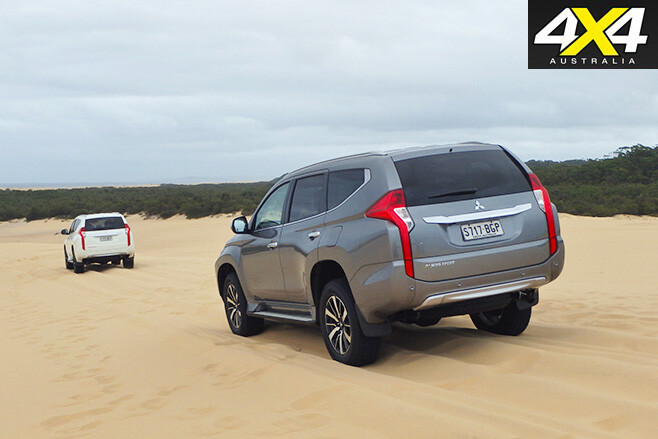
The new Sport debuts an AISAN eight-speed automatic transmission behind Mitsubishi’s excellent new MIVEC (variable-cam timed) 2.4-litre turbodiesel launched in the 2015 Triton. It offers 133kW at 3500rpm and 430Nm.
Mitsubishi’s versatile and well-respected Super Select system allows full-time on-road four-wheel drive operation as well as the rear-wheel-drive ability of a part-time 4WD system. The oily bits are backed up by a full suite of chassis electronics, too, and new for Mitsubishi are push-button modes to tune the chassis for the terrain. The settings are Gravel (the default setting when 4WD is selected), Mud/Snow and Rock. There’s also a hill-descent control.
The Exceed does have a rear diff lock, but – with excellent traction control offered – it is hardly needed (the traction control is disabled when the diff lock is switched on – why do manufacturers do this?).
Interior
Mitsubishi sales people will tactfully take you by the elbow and guide you toward a Pajero if you need seven seats and genuine off-road ability, because the Sport, like Challenger before it, is a five-seater. However, the new model is designed for three-row seating and Mitsubishi will be making a seven-seater announcement soon.
Hopefully, it will be an option pack rather than a compulsory purchase as, for many potential buyers (honeymooners, silver gypsies and families), the time-honoured wagon layout, with lots of space behind the rear seats, is terrific for carrying camping and sporting gear. Mitsubishi offers a cargo barrier.
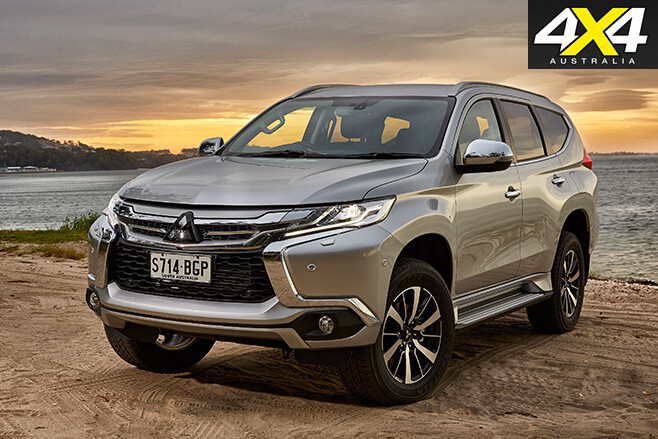
The rear seats are split 2/1 and tumble forward easily using one lever per side. People intent on long-term touring will be happy the seats appear to easily unbolt to provide a reasonably flat load area for a tourer fit-out. With the dark trim and privacy glass, the Sport feels a little narrower than most wagons in the back seat and gangly teens will find there’s only just room to poke toes under the front seats.
Up front, the centre console is quite high. Of course, Mitsubishi explains this adds a premium feel to the cabin, but some of us find the proximity of its hard edges a little intrusive; the door pulls, too, are a little sharp, although the armrests are soft-touch. Trim is cloth on the GLX and leather on the GLS and Exceed, and front seats feature three-densities of foam for comfort; the foam seems to work better under the leather than cloth.
The driver’s seat is height-adjustable, but there’s no lumbar support. The steering wheel is leather in all models (adjustable for reach and rake) and the instrumentation is clear and concise – including the operation of the single- (GLX) and dual-zone climate control system.
The Exceed has blind spot warning, multi-around monitoring and unintended acceleration mitigation – this is all good because the swept-up rear-side window line results in a blind spot big enough to hide a Commodore.
On-road
Our first test drive in the New South Wales, Port Stephens area – the Wategans Forest and back to Sydney – included a good dose of freeway and a smaller dose of bumpy back roads but, unfortunately, not a real lot of open gravel, which will be the natural weekend environment for wagons such as this. From the feel of the Sport on-road and on some slower fire tracks, we reckon it will be more Toyota Prado, in the gravel-handling stakes, than its rally-bred Pajero brother; it won’t be quite as confident, with the ride/handling compromise skewed towards ride.
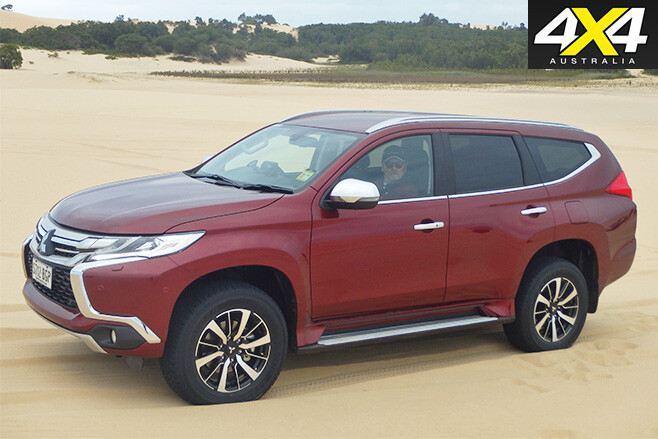
The engine/trans combo is delightful. Some driveline combos with too many cogs shift and hunt relentlessly, even on the freeway. But this one seeks and holds top gear by 80km/h and doesn’t deviate from its locked-in-top 1600-ish revs unless it’s given a shove from the right foot or – of course – the steering column paddles (or +/- shifter). With the vehicle unloaded, except for two occupants, pedal-to the-metal reveals an impressive mid-range sprint that will rub off as good towing performance.
That unfussed driveline, Mitsubishi’s use of larger rubber body mounts – and the noticeably pillowy suspension that doesn’t quite live up to the expectation of the Sport badge – contributes to an overall sense of hush and quietness in the cabin that is unfortunately disturbed at about 100km/h by more wind noise than we’d expect from an all-new design.
Mitsubishi also claims best-in-class fuel economy of 8.0 litres combined consumption, although we couldn’t test it for ourselves yet (that will come later).
Off-road
Unusually for a vehicle launch, Mitsubishi let us loose in the Sport before explaining the new vehicle to us. In fact, with the blessing and supervision of the traditional owners, Mitsubishi let us loose on the sand of the Worimi Conservation Lands, which really highlighted the willingness and cog-for-all-occasions character of the trans/engine.
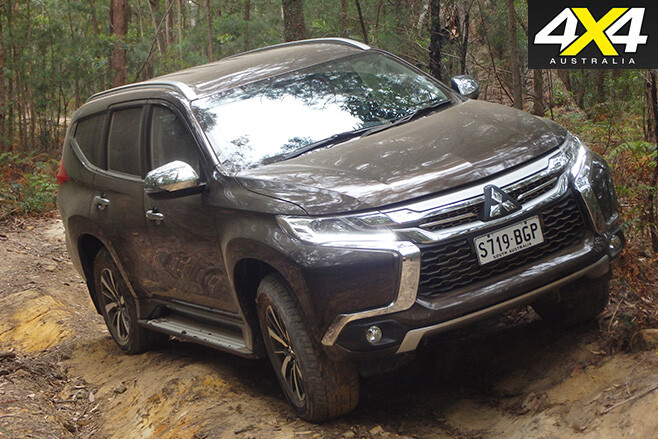
The Sport has good ground clearance – plus approach, ramp-over and departure angles – so it’s no surprise it’s a competent and confident off-roader in rougher stuff, too.
As mentioned, the Exceed has a rear diff lock, but our off-road time was spent in the base GLX, which performed flawlessly: the tracks we drove on – though admittedly short – saw wheels off the ground on several occasions, revealing how smooth and effective the wheel-spin mitigation (traction control) system is.
It’s not mentioned anywhere, but there seems to be a downhill braking strategy – independent of the switchable hill-descent control – that comes into play when descending sand dunes.
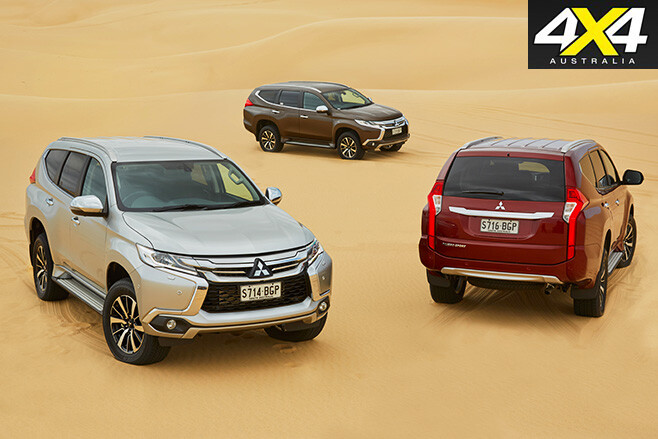
However, we’re not convinced some underbody components will survive gravel rash for too long – there are some components and lines outboard of the chassis rails that will cop a spray from the front wheels; time will tell.
Our test vehicles were wearing Mitsubishi’s accessory under-vehicle protection, which, while a nice idea, is more of an early warning system than the bush-tough aftermarket stuff many off-road adventurers are familiar with. There are single recovery points (as well as export/tie-down loops) front and rear.
Those small comments aside, the Pajero Sport looks like being a winner for Mitsubishi and a terrific, if slightly smaller, choice for buyers in the fast-simmering family 4WD market.



